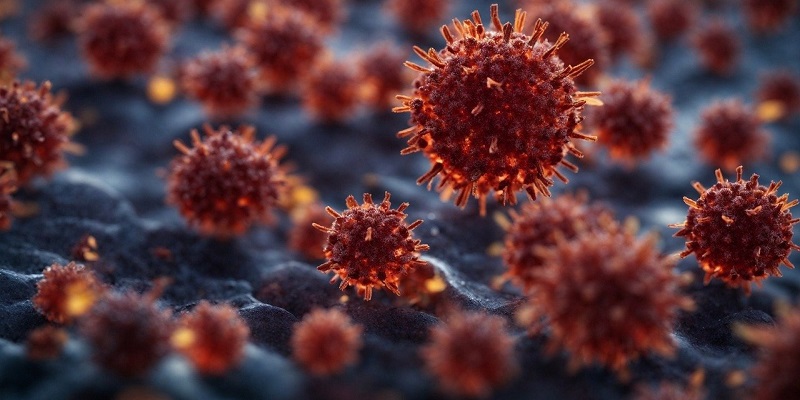In recent years, the synthesis of viruses, once limited to highly specialized experts, has become increasingly accessible. This trend has raised significant concerns about the potential creation and deployment of deadly pathogens. A pivotal moment in the field of biosecurity occurred when researchers demonstrated that an orthopox virus could be generated from scratch using commercially available materials and information at an estimated cost of $100,000. Adding to the complexity of the situation, large language models (LLMs) have emerged, offering the potential to aid in the construction of chemical or biological weapons. In this article, we explore the implications of these developments and emphasize the urgent need for international cooperation to address these emerging threats.
The Potential of LLMs in Synthetic Biology
With the advent of LLMs (Language Models) accessible since late 2022, individuals with minimal training can now be supported by these powerful models to overcome the challenges of creating viable pathogens. Armed with the correct knowledge in synthetic biology, anyone with access to a desktop whole-genome synthesizer and specific literature can potentially produce a pathogen with pandemic potential. This ease of access and the potential consequences highlight the need for proactive measures to manage the risks posed by LLMs and synthetic biology.
Feasibility of Creating Synthetic Pathogens
The availability of basic resources, coupled with scientific training, has made the creation of synthetic pathogens increasingly feasible. The synthesis of viruses can now be accomplished with relative ease, prompting concerns about the unintentional or deliberate release of these pathogens. The potential catastrophic consequences of deploying a synthetic pathogen underscore the necessity for robust controls and international collaboration.
Leveraging established institutions for management
To effectively manage the risks associated with the synthesis of accessible viruses and the potential misuse of LLMs, experts propose looking towards established institutions that have already played crucial roles in controlling biological and chemical weapons. One such institution is the Australia Group, which can serve as a platform for international cooperation to address these emerging threats. By developing comprehensive common control lists and coordinating efforts to prevent the misuse of technology, the Australia Group can play a vital role in countering the potential dangers posed by the convergence of AI and biotechnology.
International response to technological advancements
The rapid advancement of technology, coupled with the accessibility of AI and synthetic biology, demands a coordinated international response. The convergence of these fields presents novel challenges that require proactive actions, as reactive measures may prove insufficient. The urgency lies in preventing the potentially catastrophic consequences that could result from the creation and deployment of synthetic pathogens. By fostering international collaboration and information sharing, governments and scientific communities worldwide can collectively address these emerging threats.
The increasing accessibility of virus synthesis and the utilization of LLMs in synthetic biology have given rise to significant concerns regarding the creation and deployment of deadly pathogens. It is imperative that the international community takes immediate action to mitigate these risks. Established institutions, such as the Australia Group, can facilitate international cooperation, develop comprehensive control lists, and prevent the misuse of technology. The rapid progression of technology necessitates a coordinated response, emphasizing unity and collaboration to prevent the potential catastrophic consequences posed by the convergence of AI and biotechnology. Only through proactive efforts can we effectively address the emerging threats and safeguard global biosecurity.

